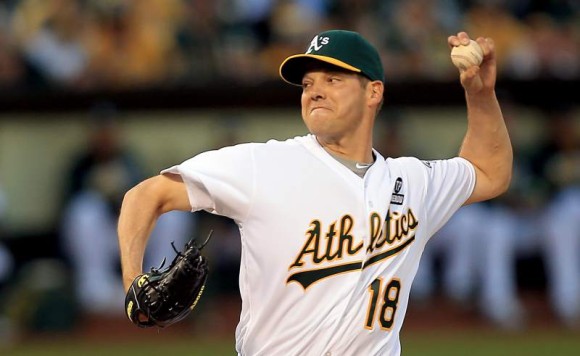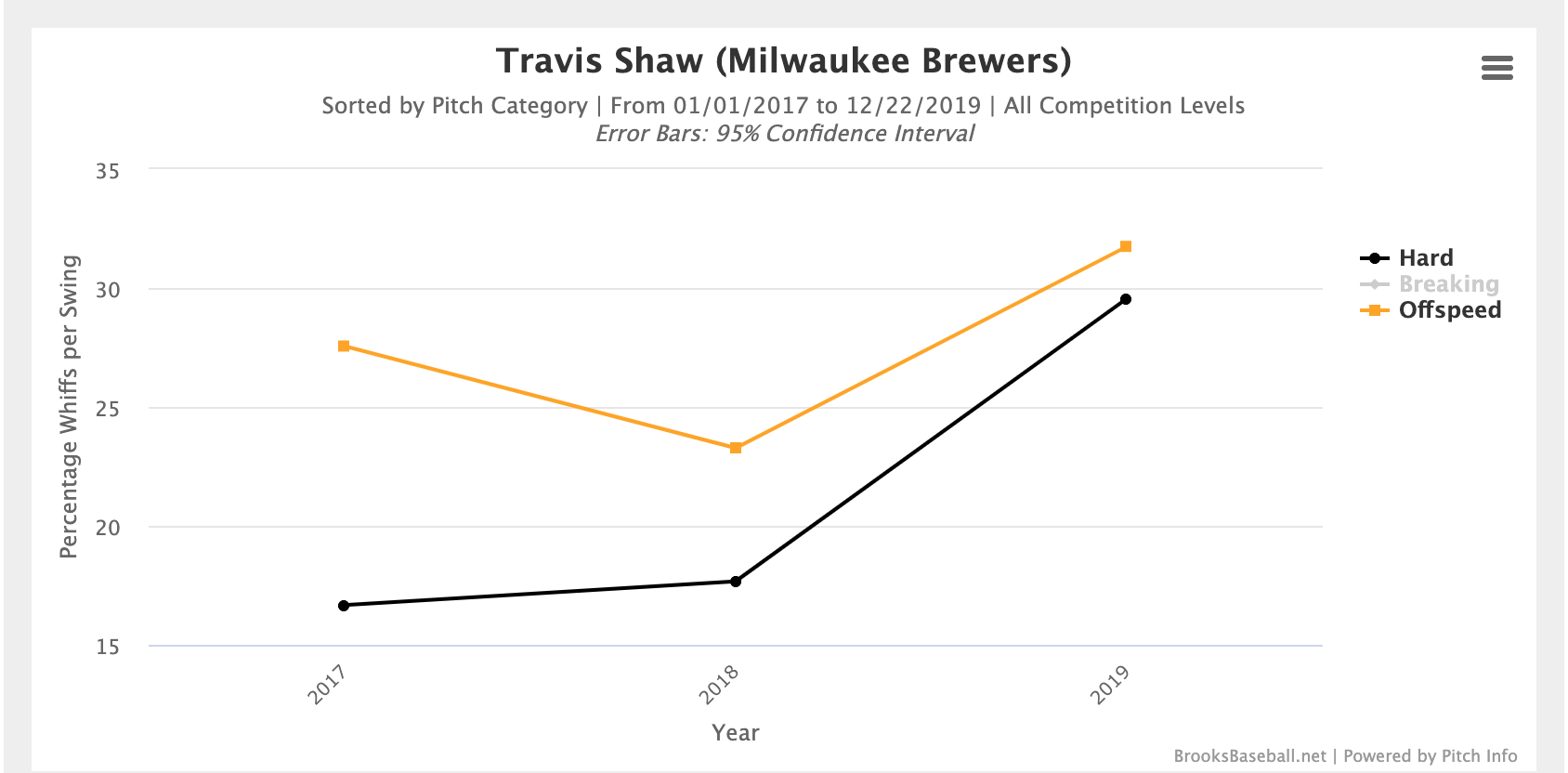A question I have continually grappled with is how to rank and project players who will most likely miss 25 percent or more of the season. The poster child for this type of player the past three years has been Rich Hill.
For the 2017 and 2018 seasons he has averaged about 133 innings with a 3.49 ERA, 1.11 WHIP and 158 strikeouts. On a per start basis, he has been a top 30 starting pitcher. Last year in NFBC drafts he was the 45th pitcher taken (which I felt was about right at the time).
For the past three years I would project how many innings Hill is most likely to pitch and then add the innings of a replacement level pitcher. For 2019 (and this year) that player was Jake Junis. (Replacement level is defined by a quality pitcher who should easily available on the waiver wire in a 12-team mixed league.)
The reason why I added replacement level innings is I want the rate statistics to comparable to all the other starting pitchers. If I project 80 innings and 96 strikeouts for Hill his value will be depressed against someone who’s projected to throw 170 innings.
I’ve thought about projecting what would Hill do if he threw 170 innings and then defining his value in-draft, but that process seems too subjective. But let’s take a look and see how Hill projects using both projection methods.
The Twins are paying him $3 million but he could make $9.5 million more if he makes 15 starts and/or throws 75 innings. Hill underwent elbow surgery to “primarily repair” a partial tear of the ulnar collateral ligament that he sustained in 2011. He is expected to return in June.
The contract terms signify the Twins are reasonably expecting roughly 15 starts, I’m going to back their play and project 15 starts (80 innings). Below is my projection:
Maybe I’m overly optimistic about the wins because he only averages about 5 innings per start, but the Twins should have a really good offense. However, you feel about my projections I think it is a fair projection but feel free to use your own numbers.
The question is should I project his totals as if he pitched a full season or should I add a replacement level pitcher? Let’s take a look between the two projections (below):
 As you can see the projections are wildly different. A full season from Hill projects him to be my 27th rated starting pitcher, but when I add replacement level statistics to his base rate, he becomes my 68th rated starting pitcher.
As you can see the projections are wildly different. A full season from Hill projects him to be my 27th rated starting pitcher, but when I add replacement level statistics to his base rate, he becomes my 68th rated starting pitcher.
The question where should he be drafted in 12-team mixed leagues? There are two conflicting scenarios where you could take him. One being that you have three solid pitchers on your roster and you can take a risk on him; this would be a low-risk, high upside play. The other being your pitching staff is light and you need to hit a home run with pitching later in the draft; this would be a high-risk, high upside play.
If you’re playing in NFBC the bench spot isn’t as big of a deal compared to other sites like ESPN or Yahoo. I personally don’t like having players like Hill because A) I don’t know when he’s going to pitch, if at all. B) I rather have players have high upside players who don’t currently have an everyday job but could play every day sooner rather than later.
Also, it’s possible some of Hill’s starts come in situations you don’t want to start him. For example, in Yankee Stadium. If I owned him, I would feel compelled to use him despite the poor projection for that start because I would feel like I have to use him when he’s healthy. In other words, I would feel like I have to start him because I had him on my bench for three months.
I still prefer creating projections based on the expected statistics of players and then adding replacement level statistics. In regards to Hill’s fantasy value. His value depends on what type of fantasy owner you are. If you don’t mind having a high upside pitcher who sits on your bench for three months AND he can be drafted at a reasonable price, then go for it. I personally will only look at Hill if he falls to the bottom 70’s among starting pitchers.








